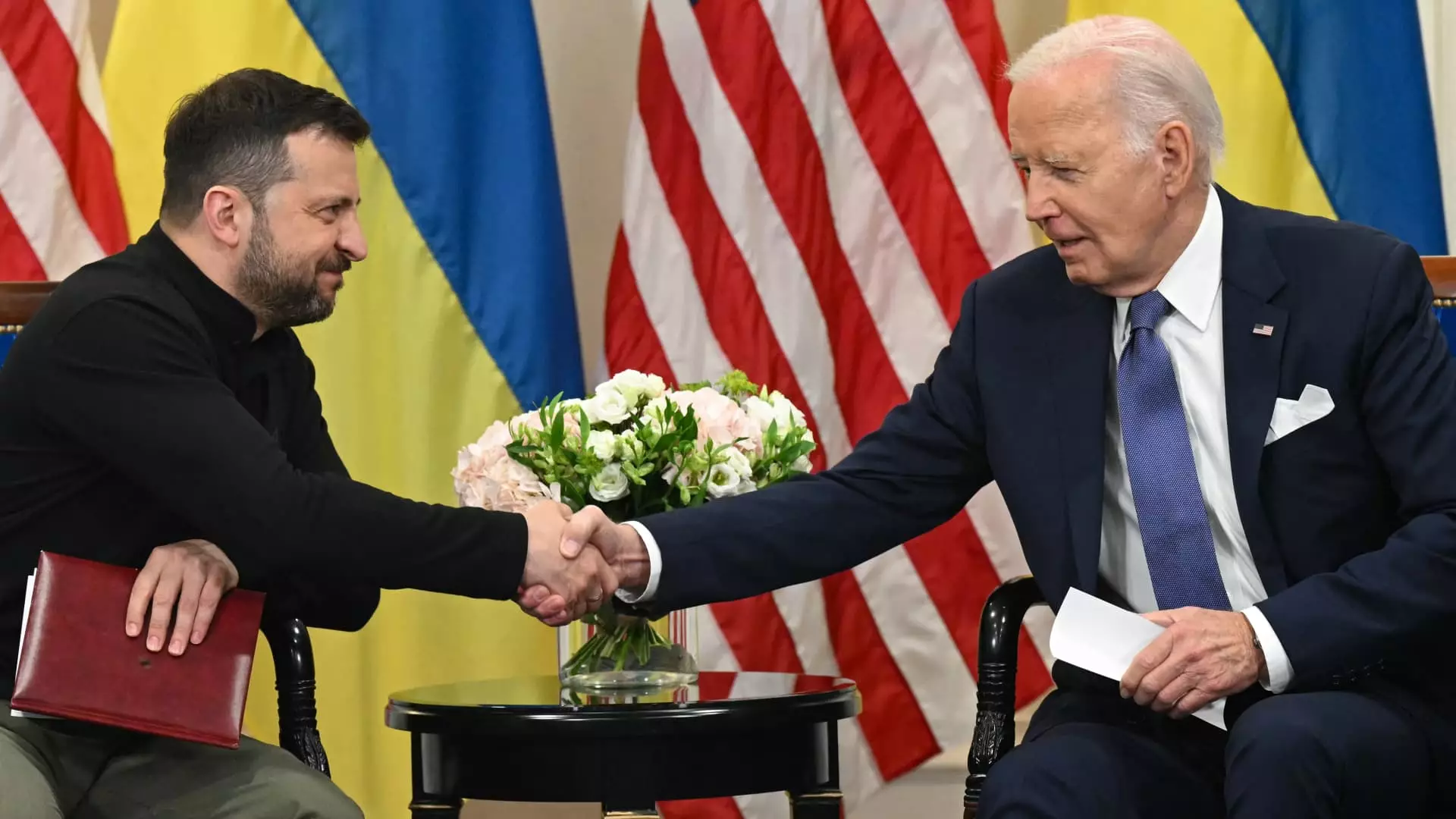The ongoing conflict in Ukraine has drawn increasingly complex political and military responses from the United States, especially as President Joe Biden’s administration prepares to transition to that of President-elect Donald Trump. In a recent announcement, the Biden administration pledged almost $6 billion in additional assistance to Ukraine, comprising military aid and budget support to bolster the war-torn nation’s defenses and sustain its government amidst the harsh realities of war.
The $6 billion package, which includes $2.5 billion dedicated to security assistance, emphasizes the urgency the U.S. government feels in supporting Ukraine. As Russia intensifies its military operations against Ukrainians, disturbing reports surface of North Korean troops being deployed to assist the Russian front lines. Under these increasingly desperate circumstances, the Biden administration is determined to assure Ukraine of continued support. This aid, which includes military equipment from U.S. stockpiles and from defense contractors, represents a strategic measure aimed at providing Ukraine with both immediate and long-term military capabilities.
Biden remarked, “The United States will continue to work relentlessly to strengthen Ukraine’s position in this war.” This statement encapsulates a dual focus: not only bolstering military capabilities but also ensuring the stability of Ukraine’s government amid the ravages of war. Given the humanitarian crises and infrastructure degradation caused by continuous bombardments, such funding is pivotal in ensuring that essential state functions remain operational.
Treasury Secretary Janet Yellen’s assertion that the U.S. has now provided over $30 billion in budget aid since the onset of the conflict highlights the importance of this funding in maintaining essential government services. Such funds are critical to paying salaries for teachers, state employees, and other civil servants. This economic dimension of the U.S. aid is frequently overlooked but is just as vital as military assistance in sustaining the morale and operational capabilities of Ukraine as a sovereign nation.
Furthermore, the economic resources allocated are designed to enable Ukraine to respond to both immediate needs on the battlefield and sustain its overall governance structures. The necessity of ongoing financial support cannot be overstated, especially in light of concerns about future aid under a Trump administration, where domestic priorities may supersede foreign concerns.
With Trump slated to assume the presidency, uncertainty looms over the sustained pace of support for Ukraine. His recent statements advocating for reduced U.S. involvement in international conflicts and encouraging European allies to shoulder greater financial burdens introduce a new variable. Several Republicans have similarly expressed skepticism regarding continued extensive aid to Ukraine. This shifting political landscape leaves a lingering question: can the U.S. maintain its current trajectory of support for Ukraine, or will aid diminish under impending political changes?
There is also an underlying concern that as the war drags on and casualties mount on both sides, the U.S. public’s appetite for foreign engagement may wane. It is essential for the Biden administration and subsequent leadership to effectively communicate the strategic rationale behind sustained support for Ukraine, emphasizing that Ukraine’s success aligns with broader U.S. national interests.
While the latest package exemplifies a strong commitment to aiding Ukraine, the overall strategy must be reconsidered in light of evolving circumstances. Biden’s announcement concerning lethal aid and budget provisions is a tactical response to pressing needs, but the framework of U.S. support should evolve to foresee potential outcomes and challenges. Relying predominantly on military hardware and funds may not address the roots of conflict or offer a pathway toward a sustainable solution.
Yellen’s emphasis on the need for continued economic backing and sanctions against Russia further underscores the importance of a multi-faceted approach. Thwarting Russia’s ambitions will require a holistic strategy that balances military strength with diplomatic initiatives aimed at securing a long-term resolution to the conflict.
While the recent increase in aid to Ukraine sends a strong message of support, its future hinges on political developments in Washington and a strategic reevaluation of what effective assistance should entail. Thus, U.S. leadership has to reposition its support mechanisms in a way that not only addresses the immediate needs of Ukraine but also lays the groundwork for lasting peace and stability in the region.


Leave a Reply